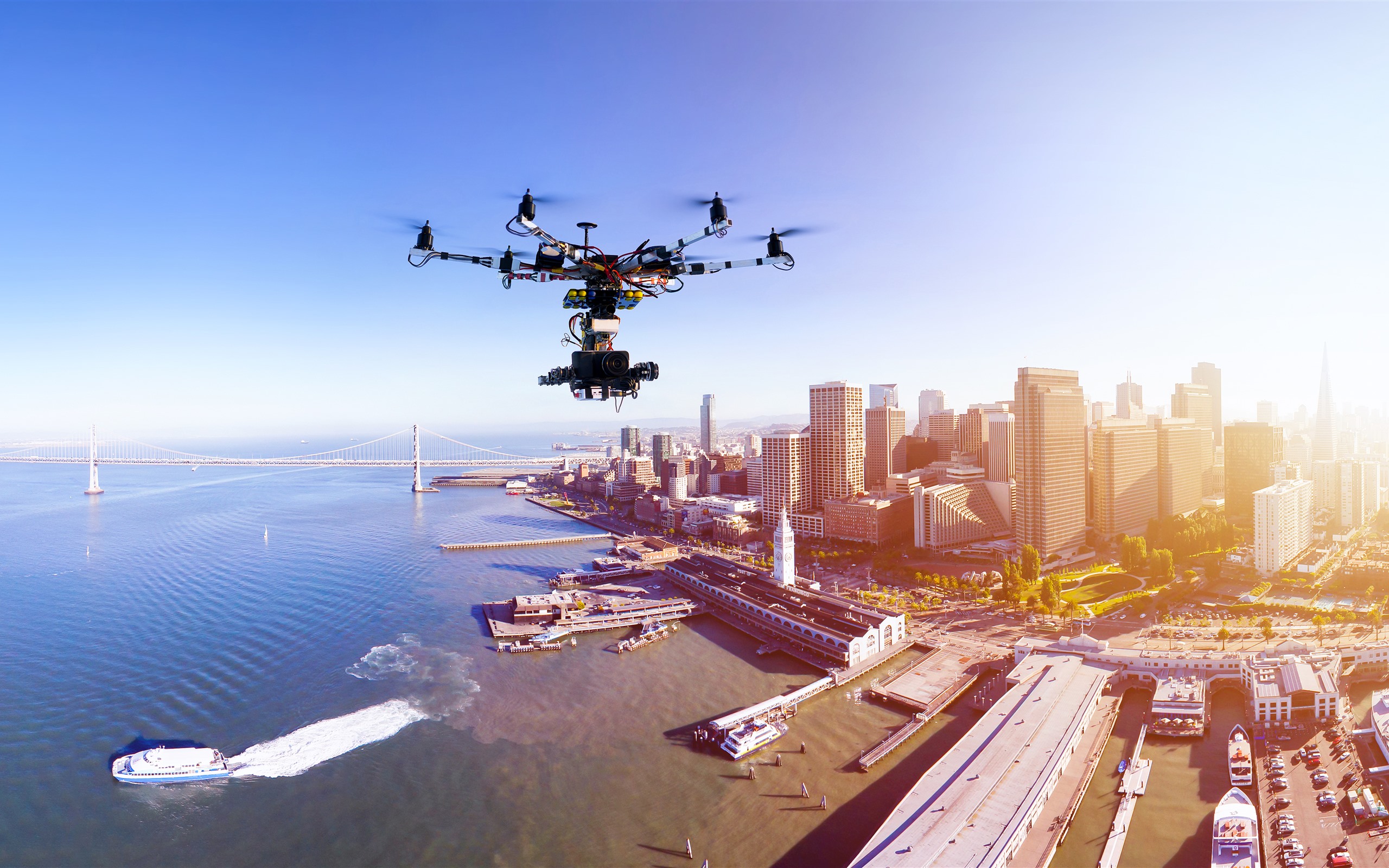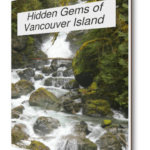
If you are planning to take Landscape aerial photography of your property, you can use the drone to do so. The advantages of this type of photography are the longer daylight hours and warmer weather. However, you must consider the cropping of stone remains. Cropping too shallow can result in crop marks. Additionally, light levels vary from early morning to late afternoon, which can add depth to your images.
An almost life-like panorama
A Panorama photography is a multi-image sequence of one scene stitched together from several separate photographs. Some newer cameras have a panorama feature that automatically stitches together a series of images as you pan the camera across the scene. You can also stitch several individual photographs together in post-production.
Approximately 5,000 of these panoramic photographs were taken in Alaska by the United States Geological Survey, who originally planned to use these images as visual aids for topographic surveying. The resulting images are often lifelike and provide a unique perspective of the landscape. Some of these panoramas were first published in USGS Bulletin 657 in 1917.
Using a horizontal line
Using a horizontal line in landscape aerial photos is a good way to create a sense of stability. Horizontal lines can be used in several different ways and are effective in conveying a sense of balance. They are also very effective at conveying a sense of calmness to the viewer.
Lines in landscape aerial photography are helpful because they help separate natural from man-made subjects. To make your aerial pictures more appealing to viewers, you need to be aware of your composition and be on the lookout for interesting lines. You can start by reading up on creative composition. After that, you can start using the same foreground focus techniques you’re used to using on the ground.
Horizontal lines images are very important in landscape aerial photography because they help draw the viewers’ attention to the subject. The level of the horizon also helps draw viewers into the picture. This can make the photograph more appealing and help create an enchanting atmosphere. When using horizontal lines in your aerial photographs, make sure to use a vantage point to get a more realistic perspective of the subject.
It’s important to remember that low-contrast images are less powerful than high-contrast images. Low-contrast images are often dull and muddy because the light source is diffused too much. The opposite is true for high-contrast images. High-contrast images inspire a different emotional response in viewers.
Another good way to capture landscapes using aerial photography is to use leading lines. These are often in the form of trees and shorelines. Even better are those with meandering lines. These are more visually appealing than straight lines. If you use a horizontal line in landscape aerial photos, it will give your pictures a much more dynamic feel.
Whether you choose to use a vertical or horizontal line, you can achieve many different effects by using this simple compositional technique. A leading line will help you make your subject look up or down. It will also help you create a sense of motion in your subject’s eyes.
Choosing the right aperture
Choosing the right aperture for landscape aerial photography involves many variables. These factors include lighting conditions, depth of field, diffraction limits, and optical imperfections. In addition, choosing the right aperture is crucial when shooting in low-light conditions. Using a wide aperture will help you capture the fine details of a vast landscape without sacrificing sharpness.
When taking pictures of landscapes, you want to have as much of the subject in focus as possible. In contrast, for portraits, you want to have the background blurred or as blurry as possible. However, aperture and depth of field are subjective. The right settings can help you capture the right amount of detail and freeze motion in your shots.
Choosing the right aperture for landscape aerial photography means determining the optimal lens and aperture for the scene. For example, if you shoot a landscape with a long lens, you might want to choose an aperture that is below f/16 to get a sunburst effect. While this will decrease sharpness, the image will have a higher depth of field.
Using the right Aperture photo will make the difference between sharp and blurry images. A low aperture will produce starburst effects in cityscapes and motion blur in the background. The right shutter speed will also make white water appear flat like a silk cloth. If you want to take aerial pictures, make sure that your camera has full-frame metering.
The safe range for landscape aerial photography is f/5.6 and f/11. However, if you want to get edge-to-edge focus, you’ll need to go higher. You will also want to set your ISO and shutter speed around these settings. A newer camera with a higher-resolution sensor is better for shooting at high ISOs and lower aperture.
A small aperture will give you a narrow depth of field, which will allow you to focus on objects in the foreground. If you choose a large aperture, the background will be out of focus. Likewise, a large aperture will make your subjects appear sharp, but the background will be blurred. The difference is called bokeh.
Working with a professional drone pilot
Using a Professional drone pilot is an excellent way to maximize the potential of aerial photography. A well-trained drone pilot can capture stunning images while staying within your budget. This new technology allows everyday companies to compete with the Big Leagues. It also gives your videos an edge in the search engines, especially YouTube. However, there are some things to keep in mind before hiring a drone pilot.
A professional drone pilot will charge a fee based on the location, time, and skill level of their pilot. Usually, a professional drone pilot will start at a low hourly rate, but you can raise your rate based on demand. If you’re flying in an area with plenty of traffic, you can increase your rates, while if your area is in low demand, you should reduce your prices.
Another reason to use a drone pilot is that they have specialized knowledge of energy infrastructure. They will know how to inspect power lines from a distance, as well as check the structure’s integrity. They can also inspect solar panels and detect problems before they become too large to safely fly. In addition, a drone pilot can save companies a lot of money by conducting surveys of various aspects of their operations.
It’s important to understand local laws regarding drone use. A drone pilot should be CAA-approved, which means that they’ve had the appropriate qualifications and understand the rules of the air. They will also understand how to get permission to fly in different locations. This is a crucial step, as the air is an ever-changing environment and drones may come into conflict with different authorities.
Depending on the type of landscape aerial photography you need, a professional drone pilot can help you capture an aerial image that provides you with the information you need. In addition to photos, drones can also capture vital data that can help you improve your productivity. In addition, orthomosaic mapping is a great way to map large areas of land with great detail.
Drones are great for aerial photos because they offer a unique perspective. As with any photography skill, a drone requires practice to master proper operation and navigate the necessary legal regulations. But once you learn how to use a drone, the potential is tremendous. You’ll be able to capture stunning landscapes and breathtaking views.










